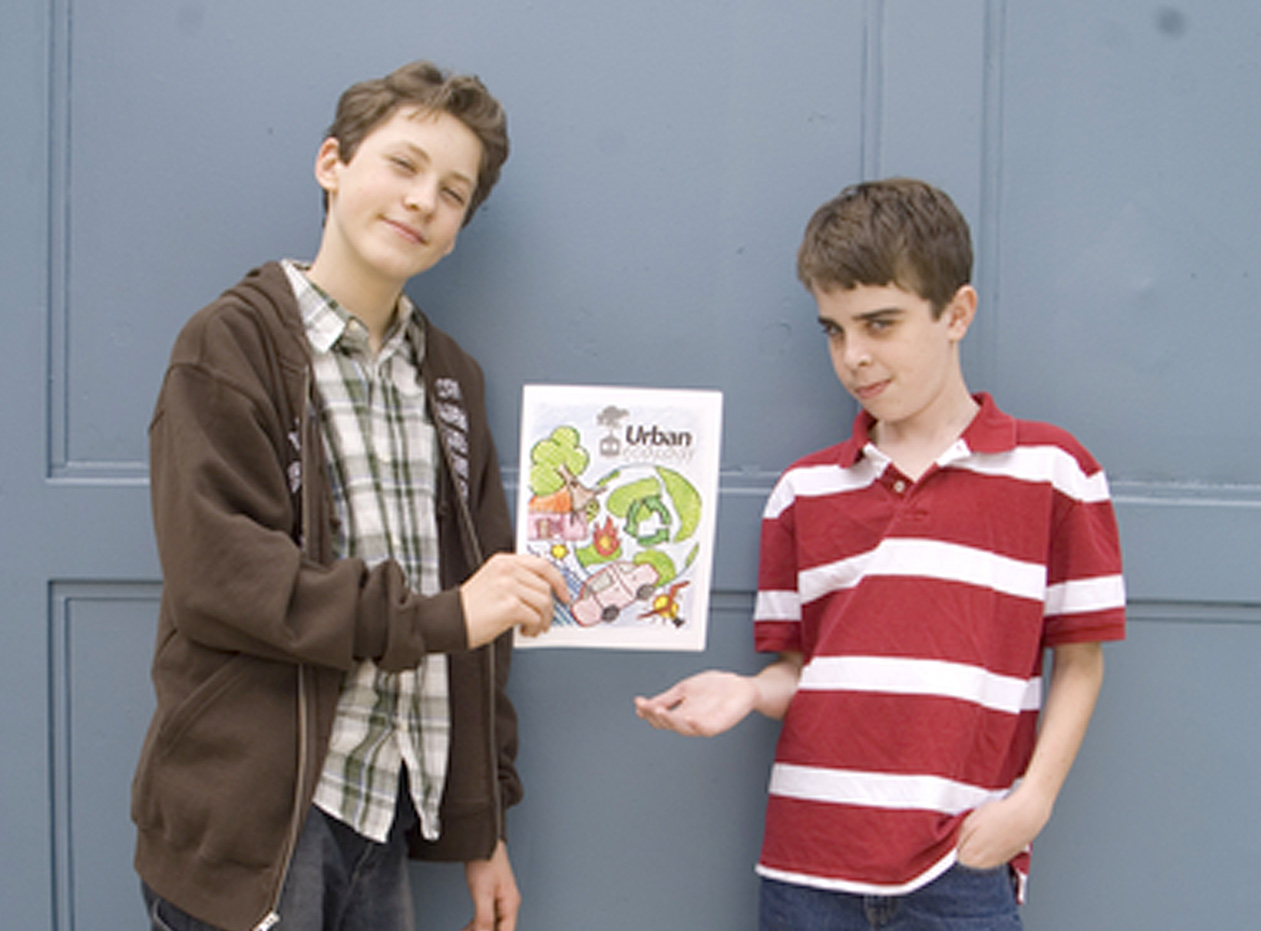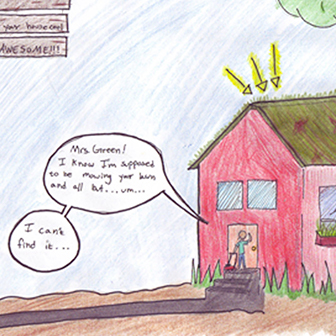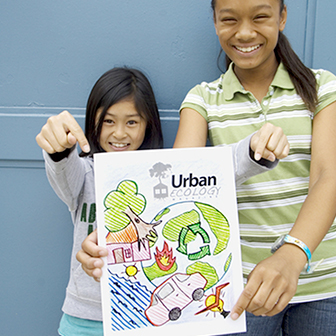PROJECT DESCRIPTION
INSTRUCTORS
SCHOOL SITE
LEVEL
SUBJECTS

What is urban ecology?
How can humans create sustainable and efficient modern urban ecosystems?
Grouping
Students will begin with whole class activities to learn the basic concepts of ecosystems and urban ecology. Students in each class will be paired up to research and write their articles. Each pair will be given a different topic. Since there are two classes of 28 students each, each class will create its own magazine with 14 articles.
Learning Goals

First, students will complete a Pre-Assessment about urban ecology so that teachers can see what they already know. Students will begin with an introductory Powerpoint presentation from the teacher, using their Intro to Urban Ecology Notetaking Guide to take notes on the vocabulary and ideas presented. They will then participate in a class activity to learn about ecosystems using the handout Classwork #1: Ecosystem Investigation. This will guide them through a class investigation of different “ecosystems” and allow them to practice developing questions, hypothesizing, experimenting, and recording observations. Students will then read a series of articles to help learn about various topics related to urban ecology; they will also analyze the content and format of the articles using the Article Analysis Guide. After spending 1-2 weeks gaining background knowledge through these activities, students will complete a Crossword Review and take Urban Ecology Quiz #1 to demonstrate their understanding of the content.
Lesson Plans
Urban Ecology In Depth Reflection
This article by Bobby and Nicole offers detailed reflections and insights into the project. (excerpt from book, “Learning by Design: Projects and Practices at High Tech Middle.”
Project Logo
This is the project logo.
Rubrics
Rubric for Final Magazine Article
This rubric can be used to evaluate students’ magazine articles.
Rubric for Models and Exhibition Night
This rubric is for evaluating the students’ models and their presentations on Exhibition Night.


Timeline
|
Week #
|
Project Tasks
|
|
1
|
· Pre-assessment
· Introduce Project Requirements
|
|
2
|
· What is Urban Ecology?
· Ecosystem Investigation
· Homework and Quiz #1
|
|
3
|
· Staff Meeting
· Mission Statement
· Assign partners and topics
· Begin Research
|
|
4
|
· Research: complete Research Guide
|
|
5
|
· Write Article Draft #1
|
|
6
|
· Peer Revision
· Draft #2
· Effective Magazine Artwork Lesson
|
|
7
|
· Continue revision and editing of articles
· Tutorials: formatting and InDesign
· Begin work on original art to accompany article
|
|
8
|
· Peer Critique of Artwork
· Create article layout using InDesign
|
|
9
|
· Final InDesign Layout DUE
· Plan and build models to display on Exhibition Night
· Prepare to speak to public about topic
|
|
10
|
· Publish Magazine!
· Exhibition Night: Display work for community
· Final Quiz and Reflection
|
Handouts
Article Draft Template
This handout can gives students a template to follow to write their first drafts of articles.
Article Planning Guide
This handout will help students plan topics and organize information prior to writing their first draft of their articles.
Project Description for Students
This handout introduces students to the project and describes the tasks they will complete.
Useful Websites List
This handout lists websites students can use for research.
Project Extensions and Real World Connections
Student Work Examples



Example of finished student article.




